Pre-Mission Procedures: Preflight Check
The bigger the fleet, the greater the chances something will go wrong in space. Unlike a group ride, a SCUL mission makes every effort to leave no pilot behind, so if one ship has a mechanical the entire fleet must stop and make repairs. All ships flying on a SCUL mission, including privately owned and guest ships, must pass a rigorous preflight check before blastoff.
Recruits are trained to preflight as a required skill to have before becoming a full-fledged pilot. With practice, they learn more advanced ship repair and maintenance skills, needing less help from more seasoned personnel.
If a ship fails to pass preflight, it is damage tagged and logged for future repair. Fortunately SCUL has a large fleet of ships to choose from: as long SCUL keeps up with regular maintenance, there's enough ships for all pilots who wish to fly.
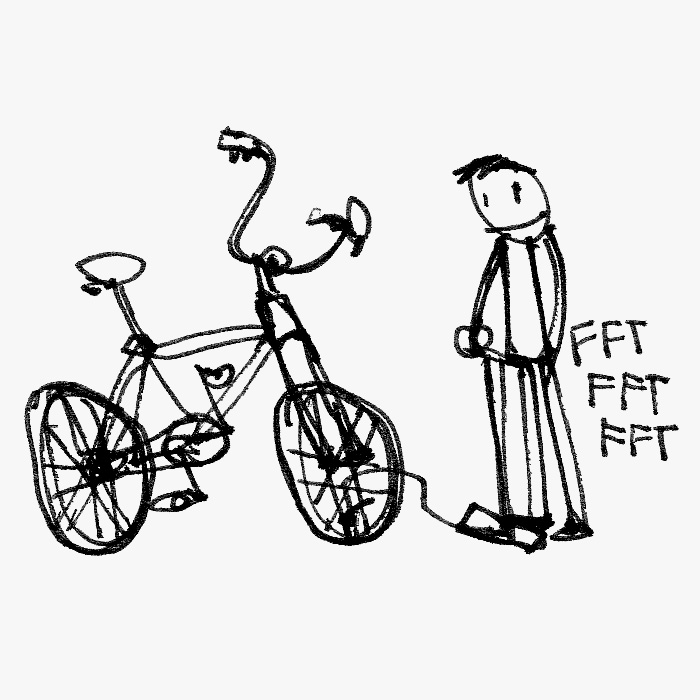
Thruster Casing Fully Charged with Plasma
Both tires are fully inflated
Tires lose pressure naturally over time and are prone to flats when pressure is low. SCUL usually inflates to maximum pressure. Squeezing the tire is not an acceptable measuring method of plasma pressure, use a tire pressure gauge. Each tire has the maximum pressure labeled on the side of the tire.
SCUL brakes floor pumps just by looking at them, so we opt to use a compressor instead.
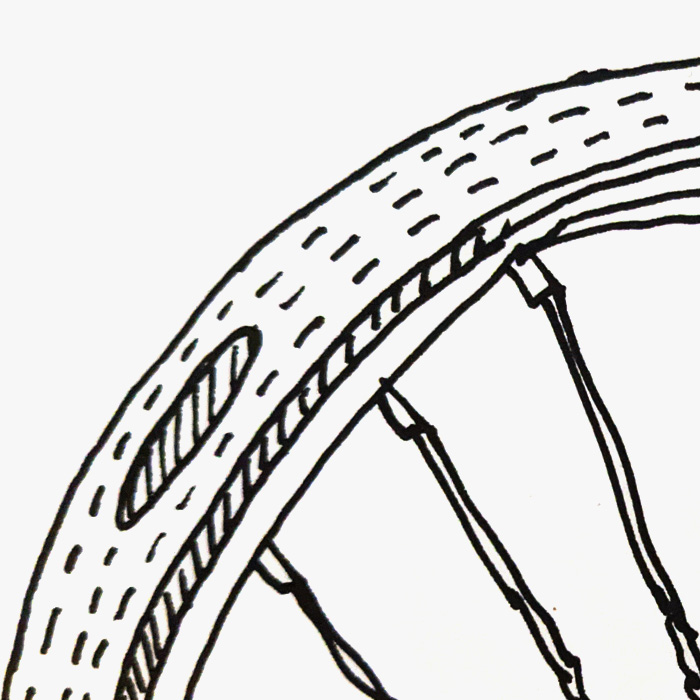
Outer Thruster Casings Integrity at 80% or better
No serious cracks or wear on tires
Look for bald or frayed spots on tires. If an outer thruster casing is suspect, it should not be used on the mission. Pilots occasionally like to skid some vapor trails, which can cause premature wear on trash-picked tires.
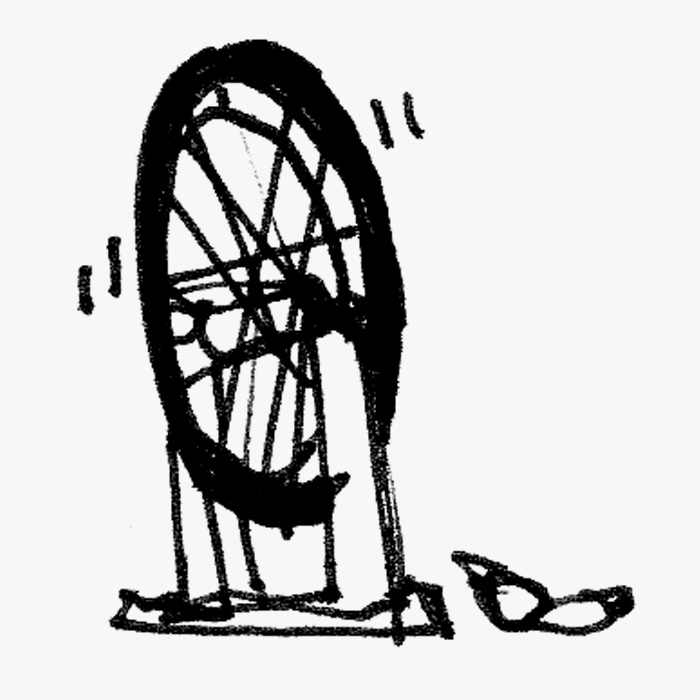
Thrusters are in Phase
Hubs aren't wobbling. Wheels are reasonably true.
Check for loose rigging, loose thruster cores, and round and true thruster rings. Adjust or replace as necessary.
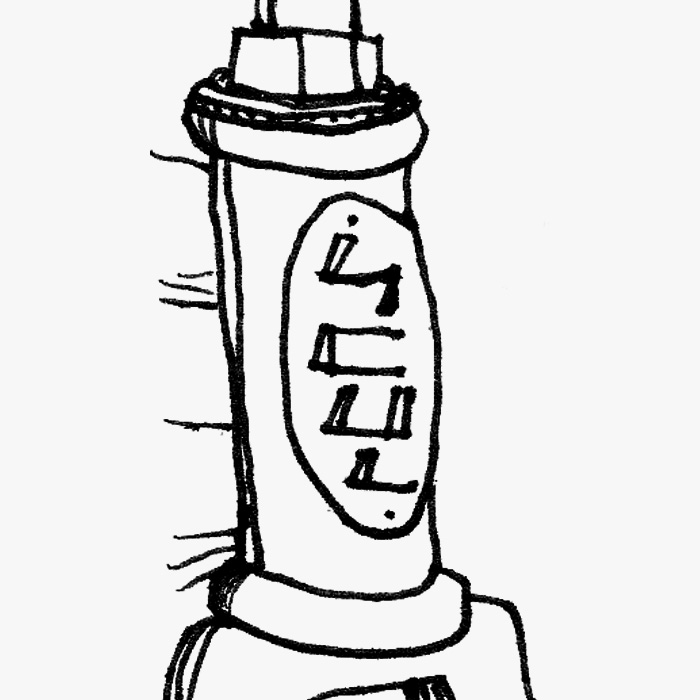
Ram is Secure
Headset is Properly Adjusted
Headsets are brutally punished in the turbulent spacelanes SCUL likes to fly on. Handlebars should turn freely. There should as little rocking, or 'play', as possible. Adjust or replace as necessary.
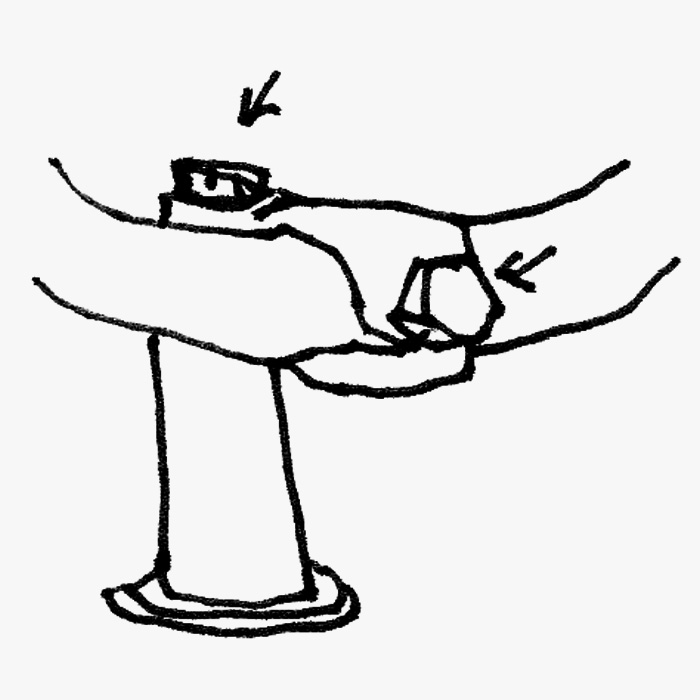
Helm and Rudder Secure
Stem and handlebars are tight
The helm and rudder section of the ship is the most crucial element of navigation, and therefore must be inspected. If adjustments are made, please be sure to tighten all bolts to spec.
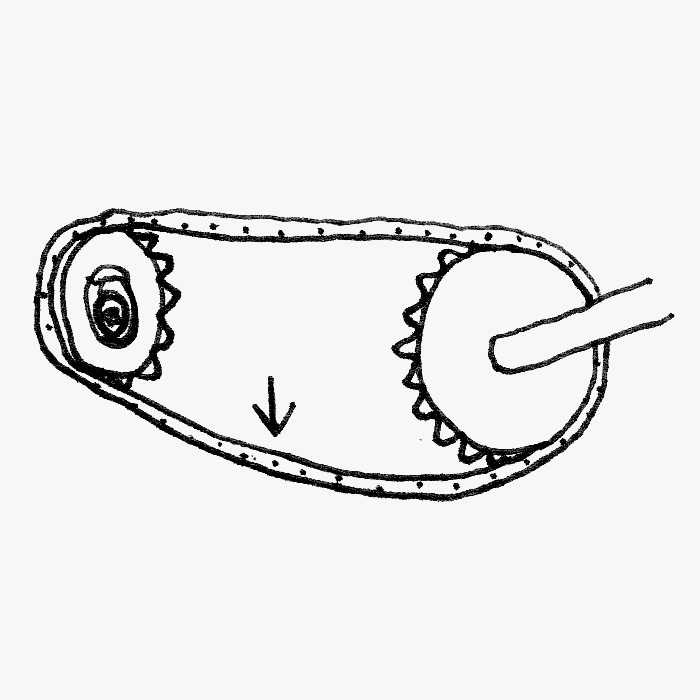
Propulsion Transfer Conduit meets Specs
Chain tension correct, and properly lubed
Grit will wear down the chain and cause it to stretch over the light years. A clean chain will last longer, and a properly lubricated chain will make the ship faster. Spin the chain as you drip on Tri-flow, and wipe off the excess oil with a rag as to not attract dirt. Avoid using WD-40, as it evaporates and will leave the chain dry. Make sure the chain is at the proper tension.
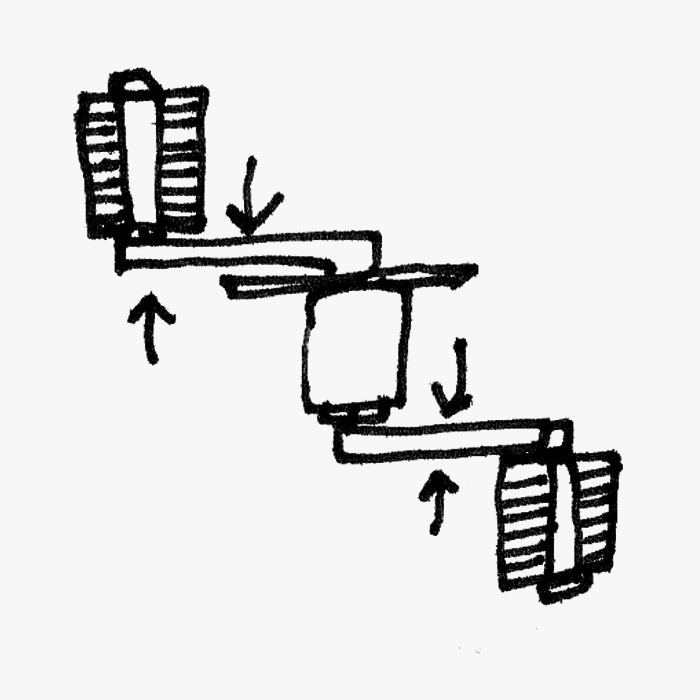
Booster Stanchions in Phase
Cranks are not wobbling
Loose cranks destroy bearings and cause the propulsion transfer conduit to slip from the driveplate, causing warp failure. Don't let this happen to you.
The majority of the SCUL fleet use single piece cranks - we like to inspect the pin that keeps the driveplate from spinning independently from the stanchion.
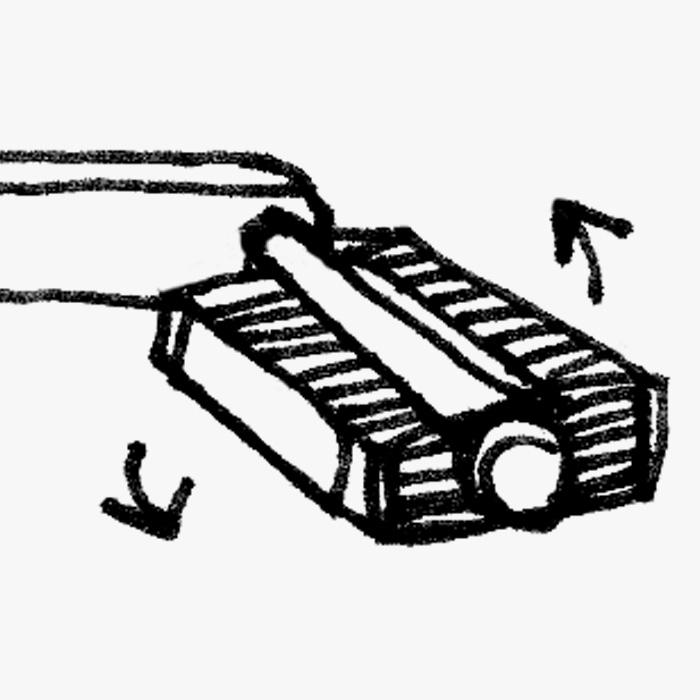
Port and Starboard Boosters Firing
Both pedals spin freely.
SCUL has had its fair share of booster failure, and when it happens in space we use tractor beams to lash the pilots foot to the booster axle. It's funny, but it is also uncomfortable for the pilot, especially on long-range missions. Like mama always said, avoid flying with shoddy boosters.
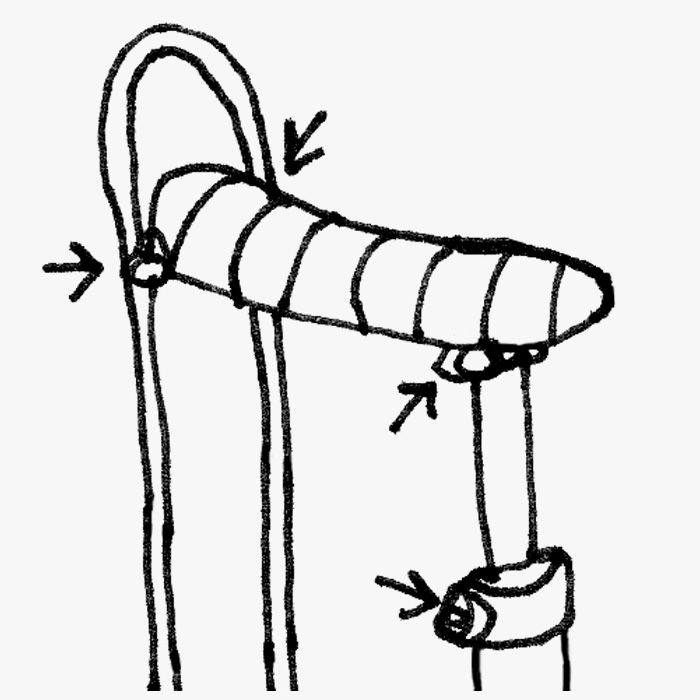
Cockpit, Topmast and Transom Secure
Saddle, seat post and sissy bar tight.
Space gremlins love to loosen bolts, so we have to make sure to 'keep it tight'. The only loose wiggling in the cockpit should be the pilot groovin' to life support.
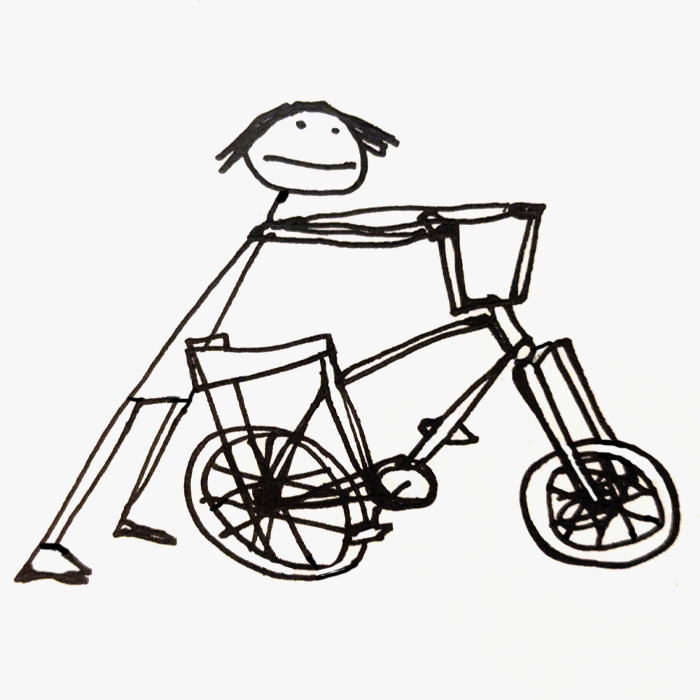
Retros Firing Properly
Brakes are in good working order.
SCUL flies tight formations, and tight formations rely on well-tuned retros. Many SCUL ships sport coaster brakes as they are easy to maintain and work well in irradiated space.
If your ship only has the one coaster brake, be sure there's no chance of chain drop, or you may find yourself looking for a bush to crash land into on a steep posi g-well.
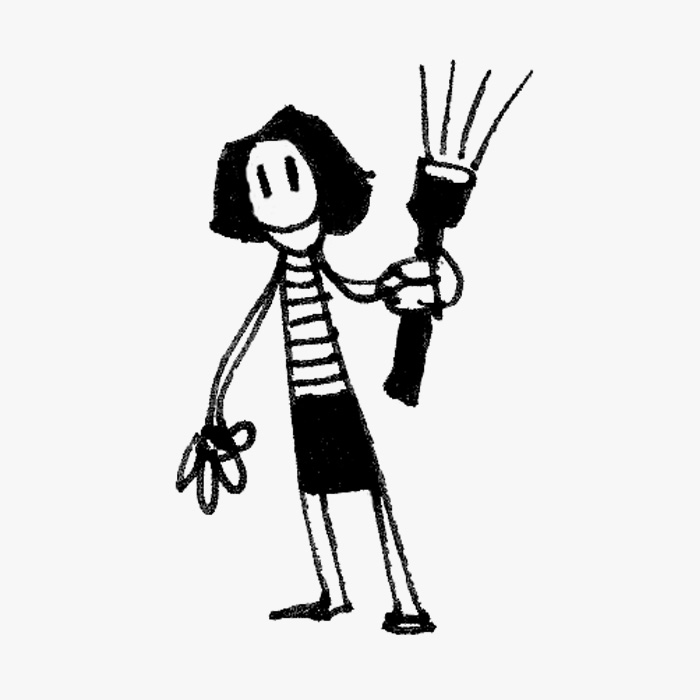
Check Structural Integrity
Inspect the ship and ram for broken welds
Hull failure is dangerous. Take a good look at the welds of the bike to see if there are any signs of failure, including the parts that have not been modified - often our welds are stronger than the original ones. A flashlight is a must. Any ship that has suffered a hull breach is deemed unfit for space travel. Sometimes this can be a quick fix, other times it is a sign that the ship needs structural reinforcement in that area.
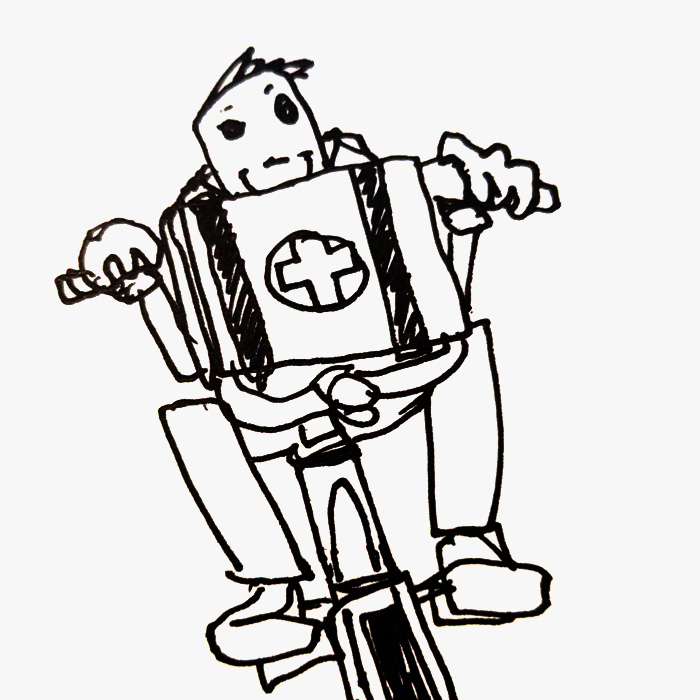
Secure All Cargo
All bags, racks, and things lashed to the ship are secure
Secure your equipment to the ship so that it will not jettison during turbulence. If you happen to wear a superhero cape, be mindful that it doesn't get caught in the thruster rigging or you will have a very bad day.

Test Flight
Check that All Systems are Go
Take the ship out to the parking lot. Make sure propulsion, navigation and retro rockets are all nominal. Stomp on the pedals, do some quick maneuvers and fire the retros with an emergency stop. Test your lasers and sonic disruption if your ship is equipped with such things, like a dress rehearsal. If you decide that you are your ship are bonded and ready to fly for the entire mission, proceed to the next step, otherwise make the proper adjustments, find another ship.
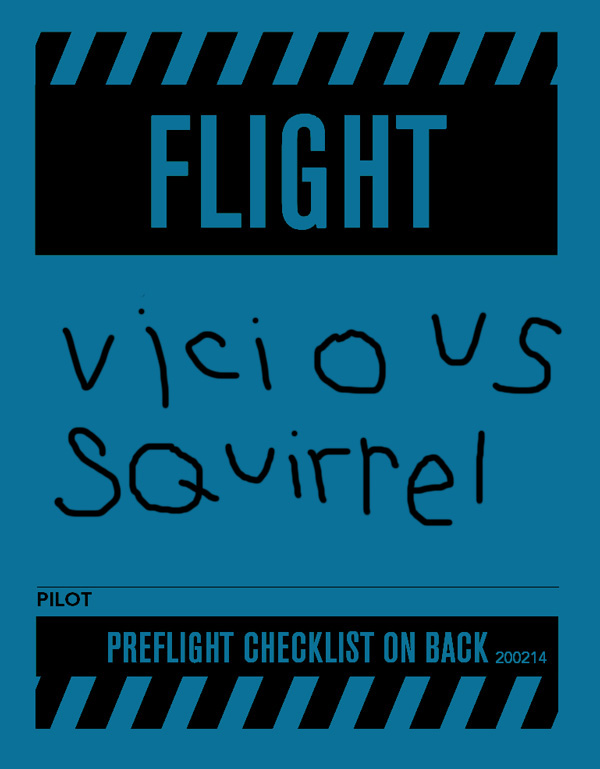
Tag and Log
Claim Your Ship
Tag the helm with a Flight Tag and park it back in the dock until launch. Remember to pay your dues and sign in with the Deck Officer. If you have access to a droid, add yourself to the mission.